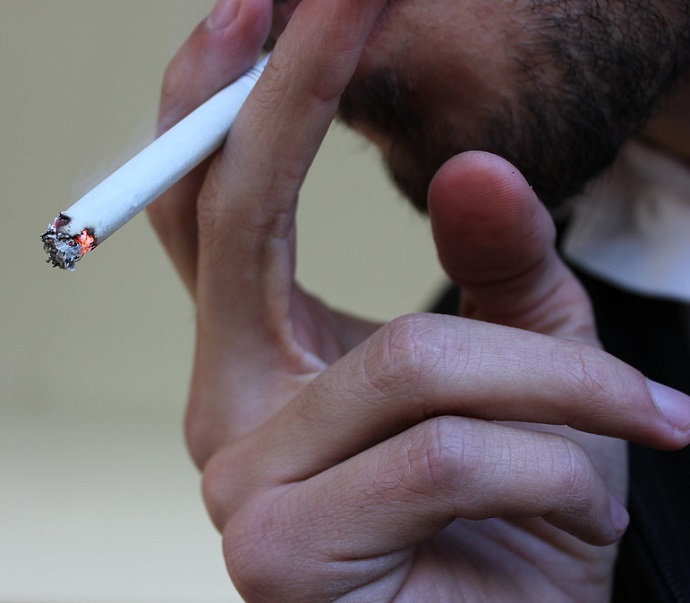According to Dr. Leslie Korn, detoxification is a process that occurs at the physical, emotional, mental, and spiritual levels. Cleansing, or purification, transforms the body and spirit and eliminates waste.
Cigarette smoking has a bidirectional effect in Post-Traumatic Stress Disorder (PTSD). PTSD is a risk factor for smoking and smoking is a risk factor for depression and anxiety (Jamal, Does, Penninx, & Cuijpers, 2011). Nicotine can suppress the symptoms of depression and thus cessation can trigger depression.
Nicotine is one of the most difficult drugs to withdraw from, but the process is made easier by using an integrative approach. Withdrawal from nicotine generally begins within 30 minutes of smoking the last cigarette; consequent physical symptoms peak within 3 days and last for at least 4 weeks. An integrative approach includes activities that address physical, mental, emotional, and spiritual needs.
- Preparation begins with diet and balancing blood sugar and oral needs by eating a high-protein meal every 3 to 4 hours.
- Especially useful are choline-rich foods such as eggs, liver, and fish.
- Sucking on a licorice root stick between meals, when necessary, may be helpful.
- The National Acupuncture Detoxification Association (NADA) acupuncture or acupressure detoxification protocol may be used.
- A Cranial Electrical Stimulation (CES) unit may be used as often as needed throughout the day.
- Binaural beat music technology may also be helpful. Hemi-Sync has created a “Freedom from Smoking” recording that combines both verbal and binaural beat cues that synchronize brain hemispheres.

Herbs can reduce physical and emotional stressors of withdrawal. One of the most important is Lobelia inflata L. (Campanulaceae). It is native to North America and has traditionally been used to treat upper respiratory conditions such as asthma, coughs, and Licorice root stick (not the candy, the actual plant root) makes an effective cigarette replacement that can be sucked on for the first 4 weeks. Teas or extracts that combine oat “milky” seed (Avena sativa), skullcap (Scutellaria lateriflora), St. John’s wort (Hypericum perforatum), celery (Apium graveolens), and lavender (Lavandula vera) are also helpful (Smith, 2003) in relaxing the nervous system, easing withdrawal, and boosting mood.
You can learn more about nicotine withdrawal in my books: Rhythms of Recovery; Trauma Nature and The Body, and Natural Woman: Herbal Remedies for Radiant Health at Every Age and Stage of Life.
Jamal, M., Does, A. J., Penninx, B. W., & Cuijpers, P. (2011). Age at smoking onset and the onset of depression and anxiety disorders. Nicotine & Tobacco Research, 13 (9), 809–819.
Smith, E. (2003). Therapeutic herb manual: A guide to the safe and effective use of liquid herbal extracts. Williams, OR: Author.



